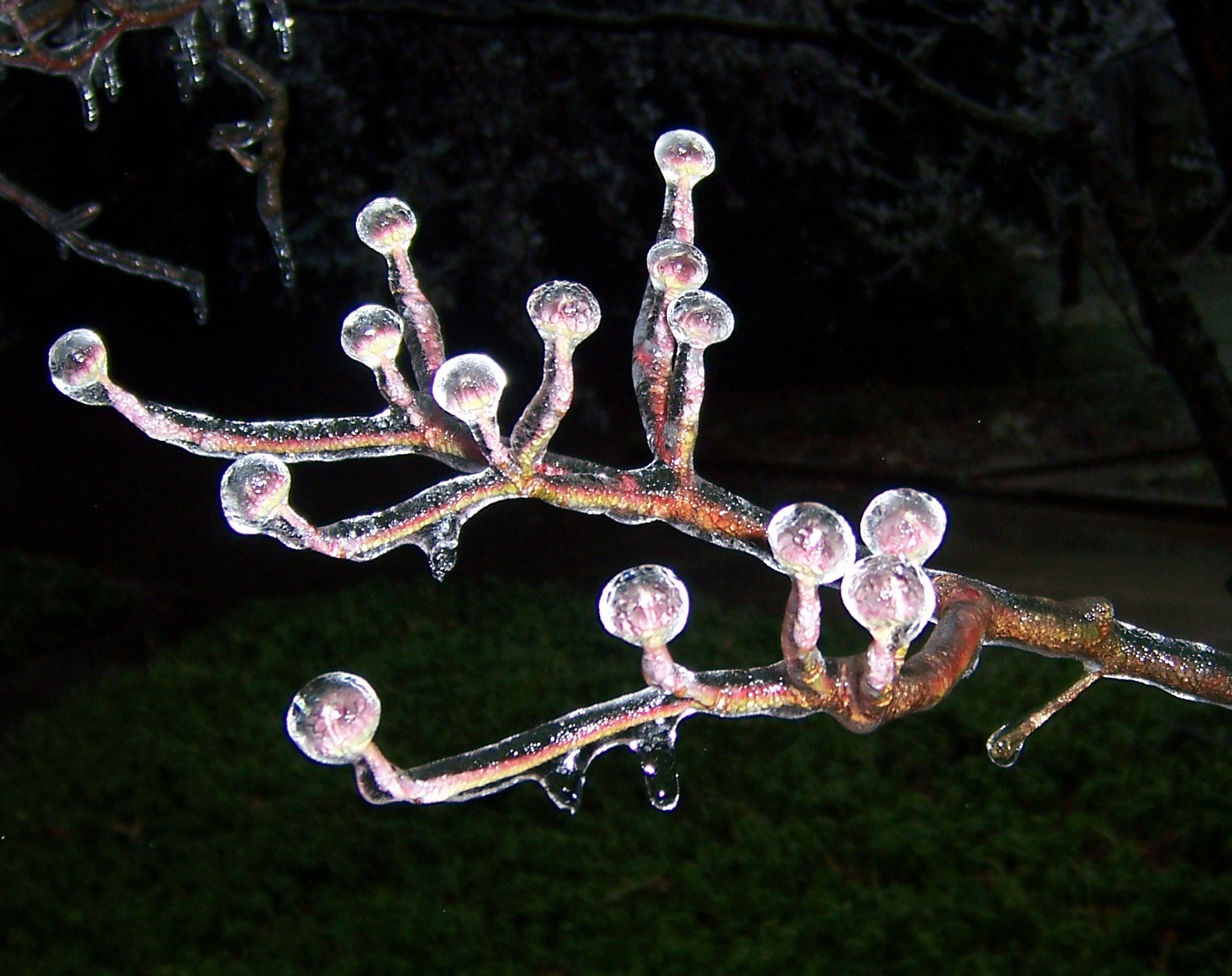DECEMBER
- Always keep a watering can full of water so that the water can be at room temperature. Don't shock your houseplants by watering with cold water.
- When bringing poinsettias from the greenhouse to the car and the car to the house, be sure to protect them from the cold. They do NOT like the cold, not one bit.
- If you have some hollies with berries, prune some to bring inside for decoration
- If you planted a tree this fall, be sure to mulch it. It's really important.
- Fresh cut Christmas trees last longer and pose less fire hazard if you keep them well-watered while in the house.
- Clay pots that look like this can be soaked in a mixture of 1 gal water: 1 cup bleach: 1 cup vinegar. Soak them overnight then scrub the crud off.
- Wash the dust off houseplants.
JANUARY
- Seed time! Start germination tests on old seeds by wetting a paper towel. Place 10-20 seeds on the wet towel, fold or roll it up and place in a ziplock bag. Remember to label the bag with seed name, cultivar or variety name, and the date you started the germination test. Place these in ambient temperatures and check weekly (or sooner). Poorly germinating seeds can then be discarded.
- Consider purchasing a heating mat for germinating seeds. This cuts germination time for many species in half and gets you a jump on things (especially if you run behind like I do).
- For insect pests like mealybugs or whiteflies, you can spray insecticidal soap on houseplants. Be sure to get very thorough coverage of the insecticide for best results.
- In the event of an ice storm, allow ice to melt off plants if possible.
 If ice has broken a limb, go ahead and remove the branch to reduce further injury or tearing of the bark.
If ice has broken a limb, go ahead and remove the branch to reduce further injury or tearing of the bark. - Check on bulbs that you may have lifted, like dahlias, gladioloas, or cannas. Remove any rotting bulbs.
- Feed the birds. Black oil sunflower seeds will attract lots of different birds. Clean and refill feeders regularly.
FEBRUARY
- Water evergreens if snowfall has been minimal this winter.
- Cut back ornamental grasses before they begin to grow in March.
- Mid-month, sow seeds of peas, larkspur, snapdragons outside now. To bloom best, they must sprout and do much of their growing well before warm weather arrives.
- If you need to control mites or scale insects, pick a warmish day above freezing to apply a dormant oil spray to your ornamental trees and shrubs.
- Start onion seed during the first week of February, start broccoli, cabbage, and cauliflower seeds indoors during the 3rd and 4th week of February.
- Start parsley and thyme seed this month as they take a long time to make a decent-sized transplant. Soak parsley seeds in water for 24 hours prior to planting.
- Collect scion wood from apple and pear trees. This is also the time to prune those trees. Store scion wood in moist paper towels or newspaper then seal in a plastic bag and put in the refrigerator until grafting time comes. Apples should not be in the same refrigerator as scion wood.
- Fertilize fruit trees.
- Repot rootbound houseplants. Choose a new container that is only an inch or 2 larger in diameter than the old container.
- Try forcing some cut woody stems like forsythia, pussy willow, pear, quince, crabapple, or cherry.
Check out the classes and other activities going on at the Pulaski County Cooperative Extension Service office!




